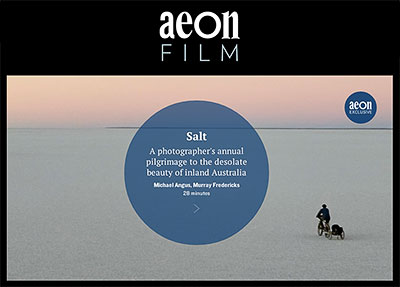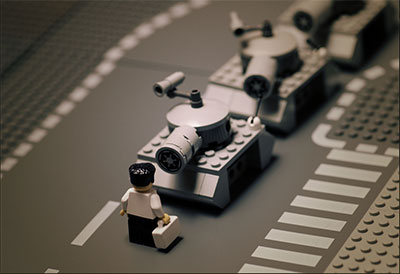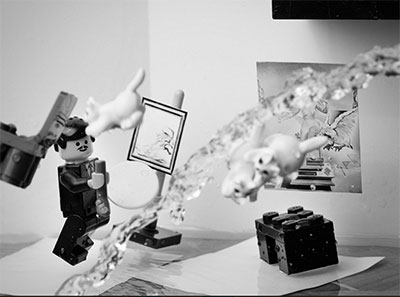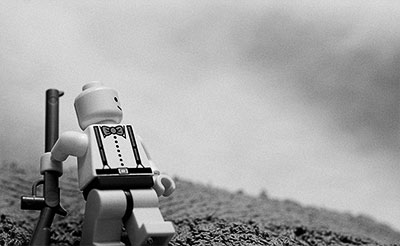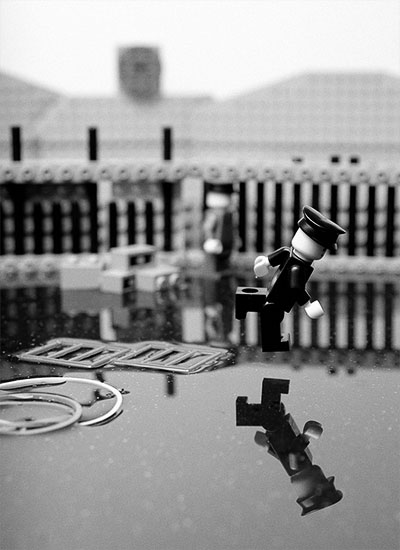I've just finished watching Edward Burtynsky's movie 'Watermark' which came out in 2013. So it's not a new release by any stretch of the imagination, but it's new to me :-)
For those of you who have never heard of Burtynsky, he is a photographic documenter of the large-scale environmental impact that us humans are having on our world. His images are startling documents of environmental scale and very much worth checking out by buying some of his beautifully printed monographs.
I'm keen on many avenues of photography, not just 'landscape', but also reportage and documentary style work. Edward Burtynsky has the uncanny knack of creating amazing landscape work which is art in its own right, but is very much geared towards the environment and letting us into a few secrets of just how large scale we are modifying our world. Scale is the word that keeps coming to mind.
This documentary is beautifully filmed and it left me with a new appreciation of water. Just how vital it is to our survival but also just how much it is being manipulated and redirected. Creating dams in California has had disastrous consequences for the areas where the water was diverted from. Looking at modern china, we are able to see the massive scale of dam creation and how much this is changing our landscape.
His documentary is really a lament to the natural world. This documentary really shows just how much we are shaping and re-creating our world. It is only the beginning, and indicator of the things to come. Nature has it's own processes and its own way of working. Each time we influence it, we may benefit in some ways but we lose in others through a lack of deeper understanding of just how much it is going to cost in the future. But most of all, this documentary shows that we have no handle, no overseeing jurisdiction on how much our world should be reshaped. We just go about our business each day hoping that someone else is looking after our world for us, but through the scale of Edward's photographs, I no longer feel comfortable with the mass adaption of our land.


